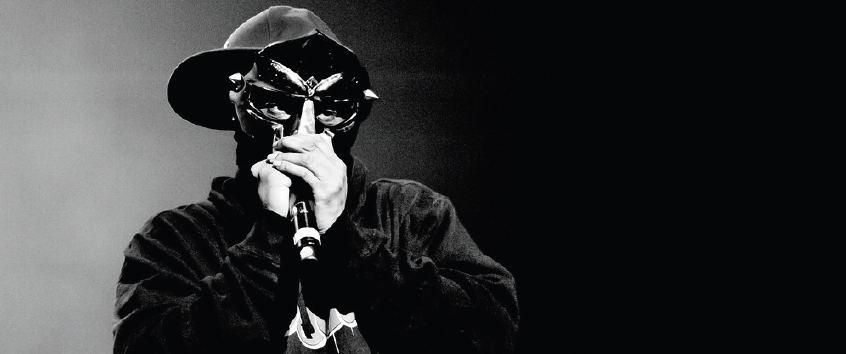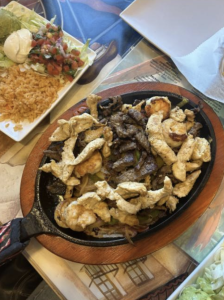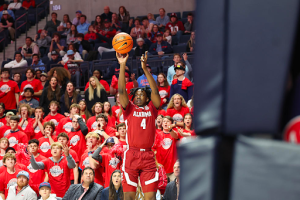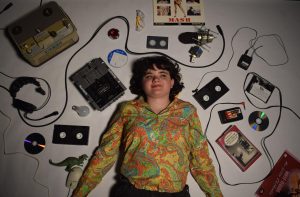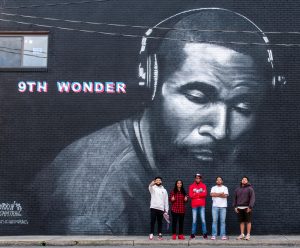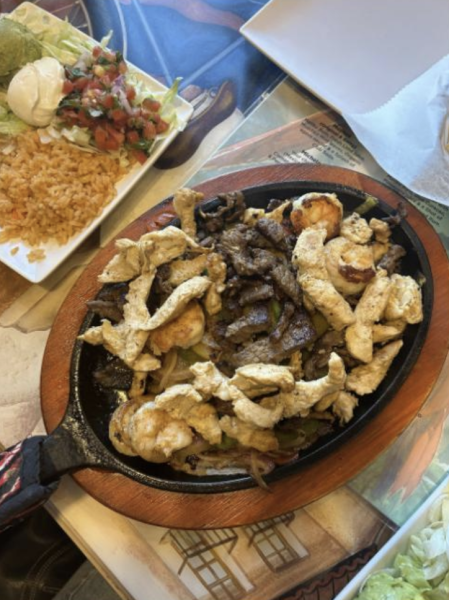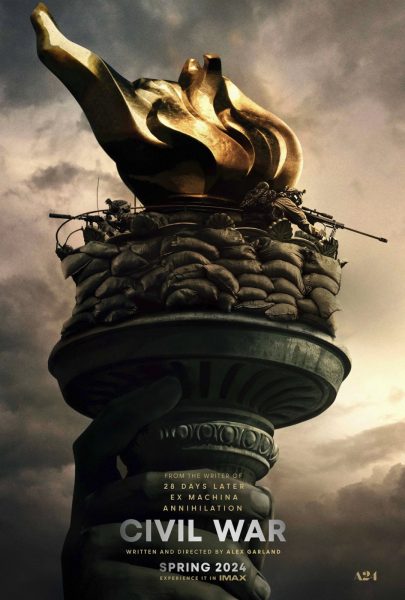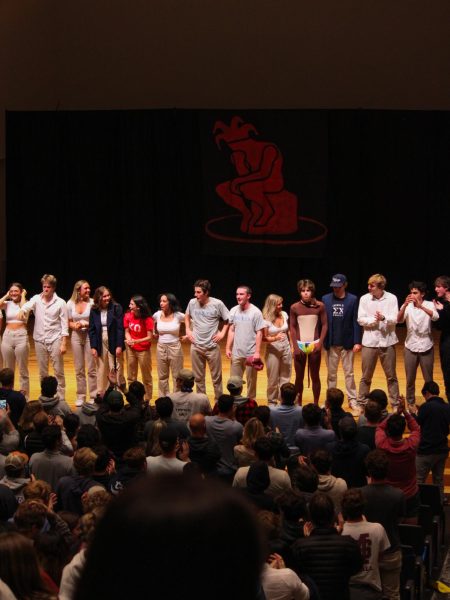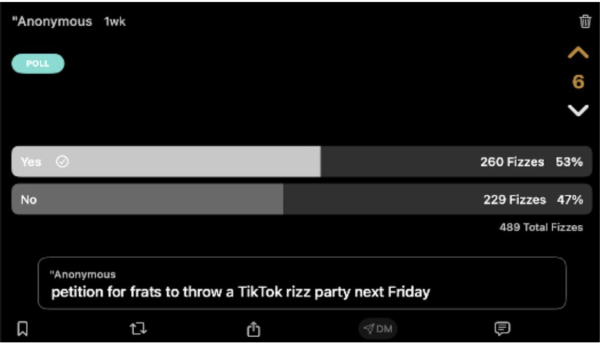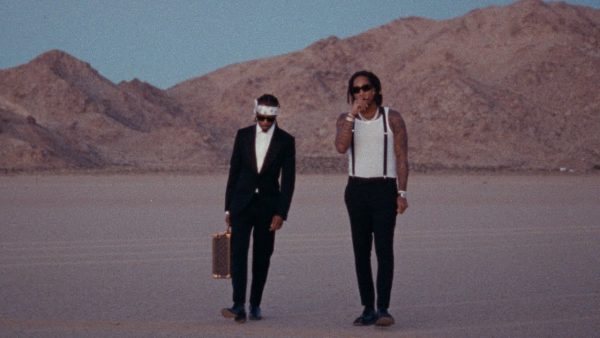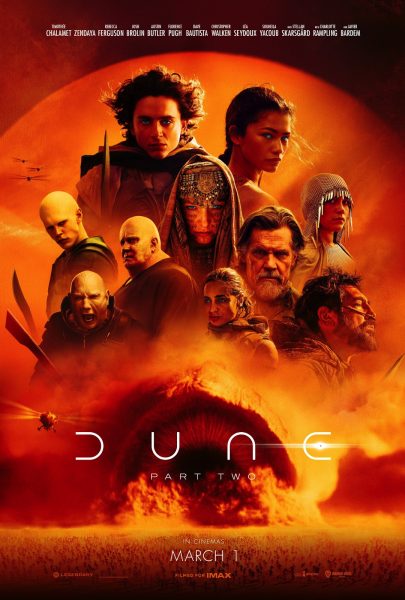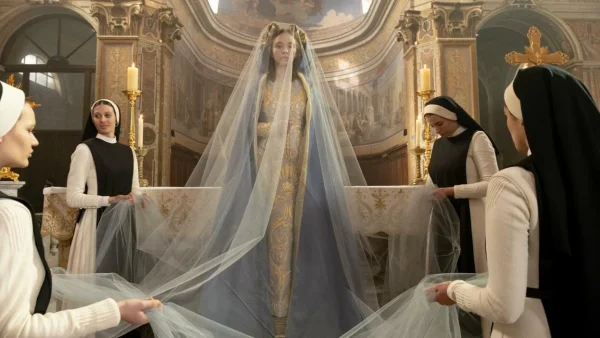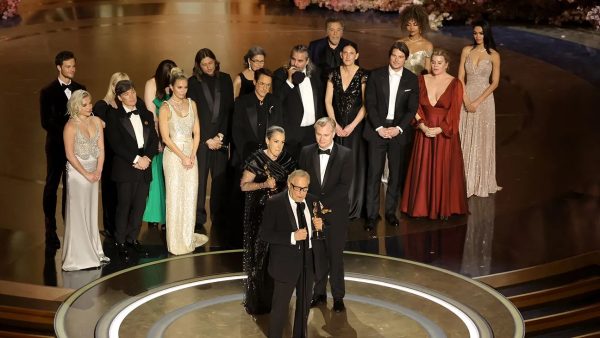DOOM and Dilla: Paving a path for underground hip hop
Artists find success in rejecting mainstream styles and cliches
MF DOOM was instrumental in fostering a new environment within the hop hop community that was more inclusive and experimental.
April 14, 2022
Everyone knows figures like Biggie Smalls and 2Pac in the rap industry as well as the braggadocious lifestyle of mainstream rappers and the chart-topping hits from Drake every year. The trap beats with repeated syncopated hi-hats make an appearance on nearly every hip-hop track heard today. Auto-tune vocals, laughably large chains and an abundance of colorful sports cars surround the culture of mainstream hip hop. Yet, these mainstream characteristics do not encapsulate the entire scope of hip hop.
If you look beneath the surface of mainstream hip hop, you’ll find an underbelly of artists and sound that embraces going against the grain — led by a comic book supervillain who relentlessly raps about food, rapping without a chain and about the perception of time. If you do not know who I’m talking about, you are probably not alone. The masked rapper/producer MF DOOM has solidified his name in the folklore of underground hip hop while simultaneously paving the way for artists occupying the limelight of the underground scene today.
Ask any underground hip hop fan about MF DOOM, and it is almost guaranteed they will be able to spit a few iconic bars. That’s because while Pac, Biggie and Dre were leading hip hop in the late — 90s chasing fortune and fame, DOOM began to make a name for himself by sticking to what he knew best: cartoons, food, fairytale-like storytelling and boom-bap beats.
DOOM released his first project “Doomsday” in 1999 and attracted attention for his unique style. It was clear that DOOM was comfortable with not chasing a glamorous lifestyle, building his career under the persona of a comic book villain. DOOM created and controlled his image under a mask, giving himself the freedom to shape his character as he wished. What lies beneath the mask is a mystery — you can only use what DOOM provides lyrically and sonically to draft your own perception of what lies beneath the mask.
This freedom is rare in hip hop because the image of a rapper is often tied to their real-life identity. DOOM was able to push the boundaries of rap. No longer is it the case that rap is supposed to “sound” or “look” a certain way. For example, on the “MADVILLAINY” track, “Operation Lifesaver: aka Mint Test”, DOOM takes you through a dinner date with a lady who has unbearable breath, and he contemplates if and how he should tell her. His 2004 record “MM… FOOD” uses food analogies throughout to explain his perception of the world. DOOM proved that nothing defines hip hop — no particular sonic style, topic or lifestyle. And ultimately, I think this is what separates the mainstream from the true underground hip hop.
Not to hate on mainstream hip hop — I still love chart bangers — but there’s certainly less pressure beyond what the mainstream media covers. Every action, song and movement is judged and analyzed by media and fans alike, creating the pressure to maintain a certain lifestyle or sound. For underground hip hop, however, there is encouragement to appear different and run astray from social norms. This sense of freedom is a partial driving force behind why underground hip hop is appealing.
Underground hip hop mostly revolves around relaxed, drum-focused beats that use samples to drive the track. Many producers take liberty with sample selections as well, testing the limits of what is possible with sampling. It is often the case that the deeper the sample sound bites are underground, the more unique and talented they will be. Producers will take sound bites from 1950 TV shows all the way to Beastie Boys’ vocals to mix, reorganize and repurpose in beats.
Legendary producers like J Dilla and Madlib revolutionized sample chopping with their distinct styles. Dilla invented the style of chopping records purely to the kicks and hits of the drum set, ignoring overlaying melodies. What emerges is a clean drum beat, giving Dilla the creative freedom to craft basslines and pair vocal inflections for a remixed melody. Madlib is the king of crate digging. He pulls perfect sample loops from records and pairs them to make beats.
The quality of a beat can often outshine a rapper’s verse, even if the verse is a solid one. This highlights the importance of hip hop’s two-step process, as no great track exists without both rapper and producer pulling their own weight.
Raised on the foundations laid by DOOM, Madlib and Dilla, artists currently occupying the underground scheme continue to push the limits of hip hop. From Earl Sweatshirt to the rap trio Griselda, sample choices continue to be more obscure and verses continue to evolve in rhyme and flow. As mainstream hip hop evolves with pop culture and TikTok, the hidden world of the underground continues to push the perceived technical and cultural limits of hip hop.


